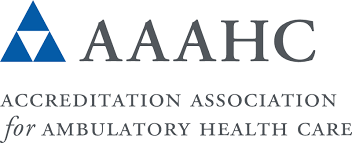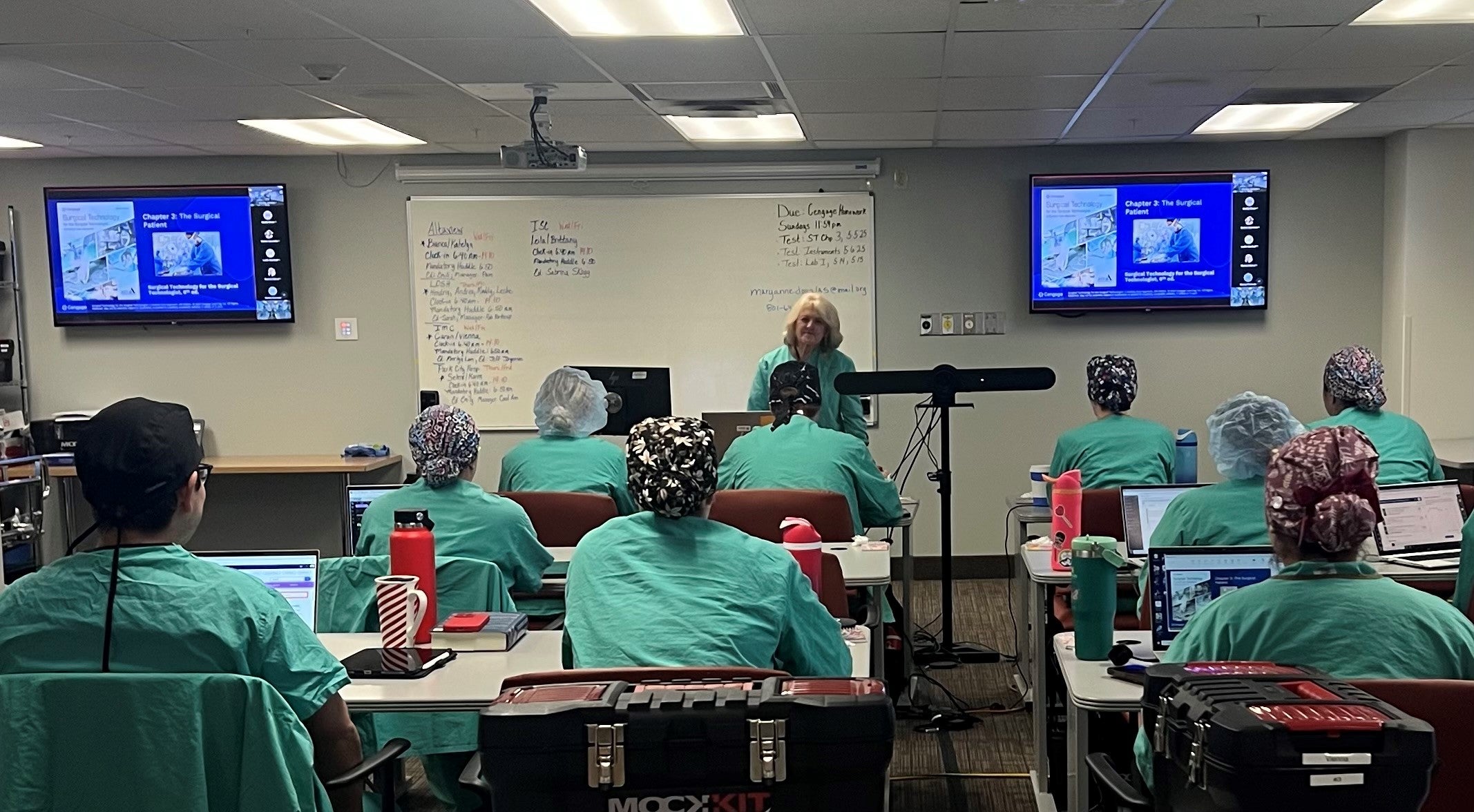Why volunteering matters: Growth for nurses and the profession

Volunteering is, at its core, about giving back. Yet many volunteer opportunities also create pathways to elevate one’s career and professional identity. At the American Board of Perianesthesia Nursing Certification, Inc (ABPANC), nurse volunteers grow both personally and professionally, gaining new knowledge, forming connections, and finding renewed purpose and emotional…
CMS narrows surveys to immediate jeopardy, harm during shutdown

Editor's Note The Centers for Medicare & Medicaid Services (CMS) has activated shutdown rules that confine Medicare survey and certification work to health and safety essentials, according to an October 21 memo from the agency. Per the revised memorandum, excepted work during the federal shutdown includes investigations of complaints and…
AI model grades nursing procedures with near-human precision

Editor's Note A new study shows video-language models (VLMs) can accurately evaluate nursing skills and generate meaningful feedback, potentially transforming how future nurses are trained and assessed, Cornell University October 6 reports. The study describes the first framework to apply VLMs to automated nursing competency evaluation. According to the article,…
6 strategies to build a nursing pipeline, sustain perioperative workforce

As hospitals and surgical services face an acute nursing shortage, the sustainability of the perioperative workforce continues to be a pressing concern. Several projections show the nursing workforce in the US—as well as globally—remains under strain while surgical demand shows no sign of slowing down. The American Association of Colleges…
Nurse legal literacy protects practice, empowers practitioners

Know the law. It could save your patients’ lives and your staff members’ practices. This is the advice of several medical legal experts to OR leaders to prevent lapses in patient protections that risk injury or even death. Beyond ensuring safe surgery and preventing litigation, perioperative nursing experts who advance…
Scrubs to startups: Turning caregiving expertise into entrepreneurial success

When Phyllis Quinlan, PhD, RN, NPD‑BC, founded MFW Consultants in 1994, she was already on her third career pivot. The former social‑work intern turned emergency‑trauma nurse discovered that the high-stakes of the emergency department (ED), coupled with her human‑behavior insights from sociology and psychology degrees, gave her a rare vantage point on how…
AAAHC unveils v44 standards to sharpen focus on patient-centered ambulatory care

Editor's Note The Accreditation Association for Ambulatory Health Care (AAAHC) released its v44 Standards, introducing new guidance designed to strengthen patient-focused care, streamline compliance, and align with evolving state regulations, an August 18 AAAHC announcement reports. As detailed in the news release, the v44 Standards, effective December 16, 2025, were…
AST warns against fast-track training programs

Editor’s Note: This page is a companion piece to the main article, "Health systems embrace partnerships, new training pathways to address surgical technologist shortage." The Association of Surgical Technologists (AST), a 55,000-member organization, acknowledges the growing shortage of surgical technologists (STs) but is raising alarms over the rise of…
Health systems embrace partnerships, new training pathways to address surgical technologist shortage

Roughly 41,000 surgical procedures happen in the US every day. Each one depends on surgical technologists (STs), the professionals who prepare the OR, hand off instruments, and ensure a sterile environment to prevent infections that affect up to 3% of all patients. The profession’s importance is reflected in AORN’s recommended…
UCSF pioneers robotic surgery assistant certification for medical students

Editor's Note University of California San Francisco (UCSF) became the first university to certify medical students as robotic surgery bedside assistants, giving future surgeons unprecedented hands-on training in a rapidly growing field, an August 25 UCSF news release reports. The program reportedly positions learners alongside attending surgeons, nurses, and scrub…

 Free Daily News
Free Daily News